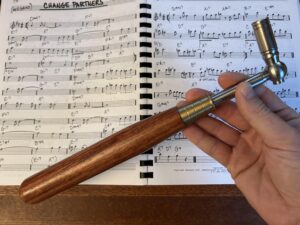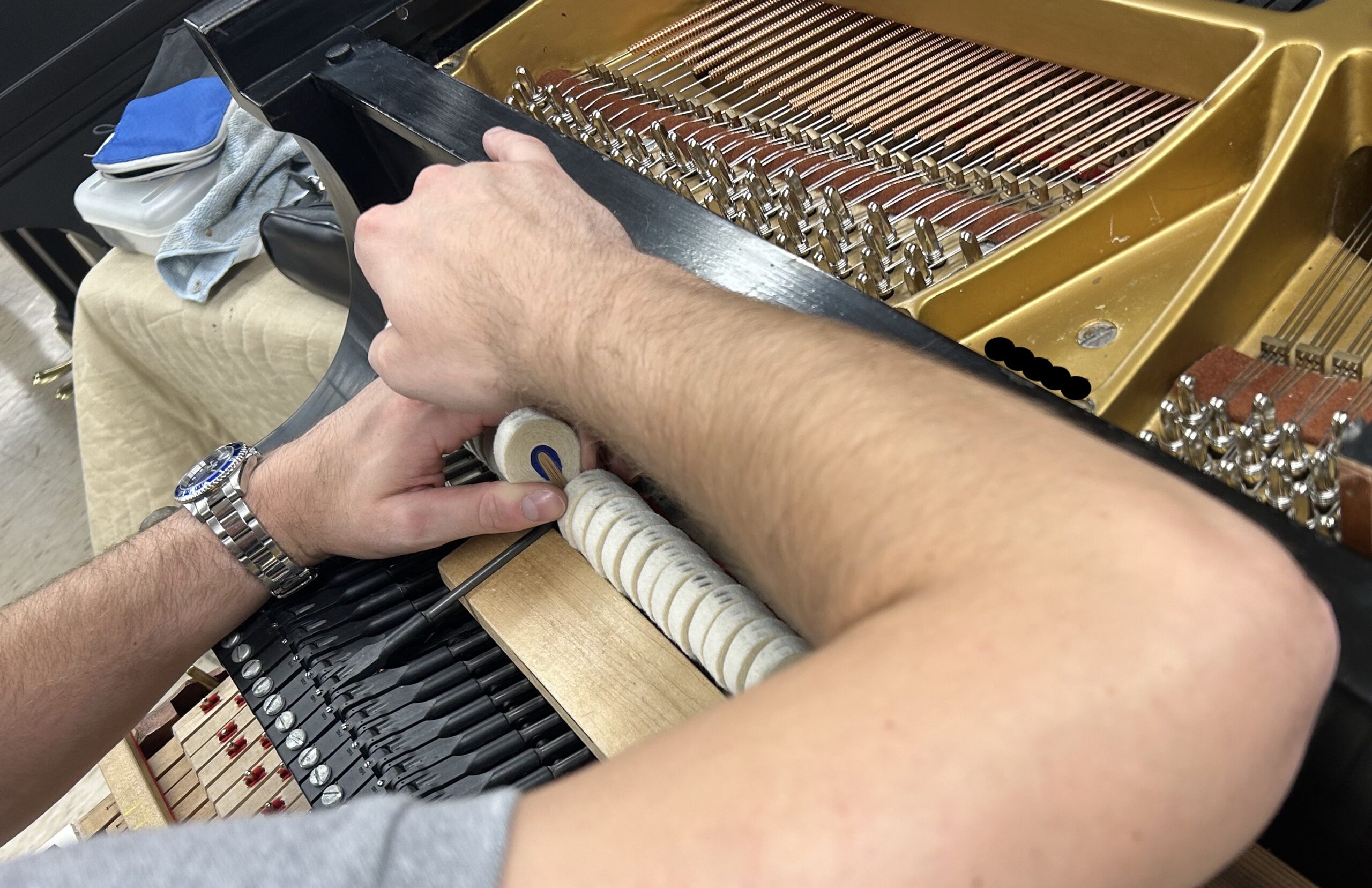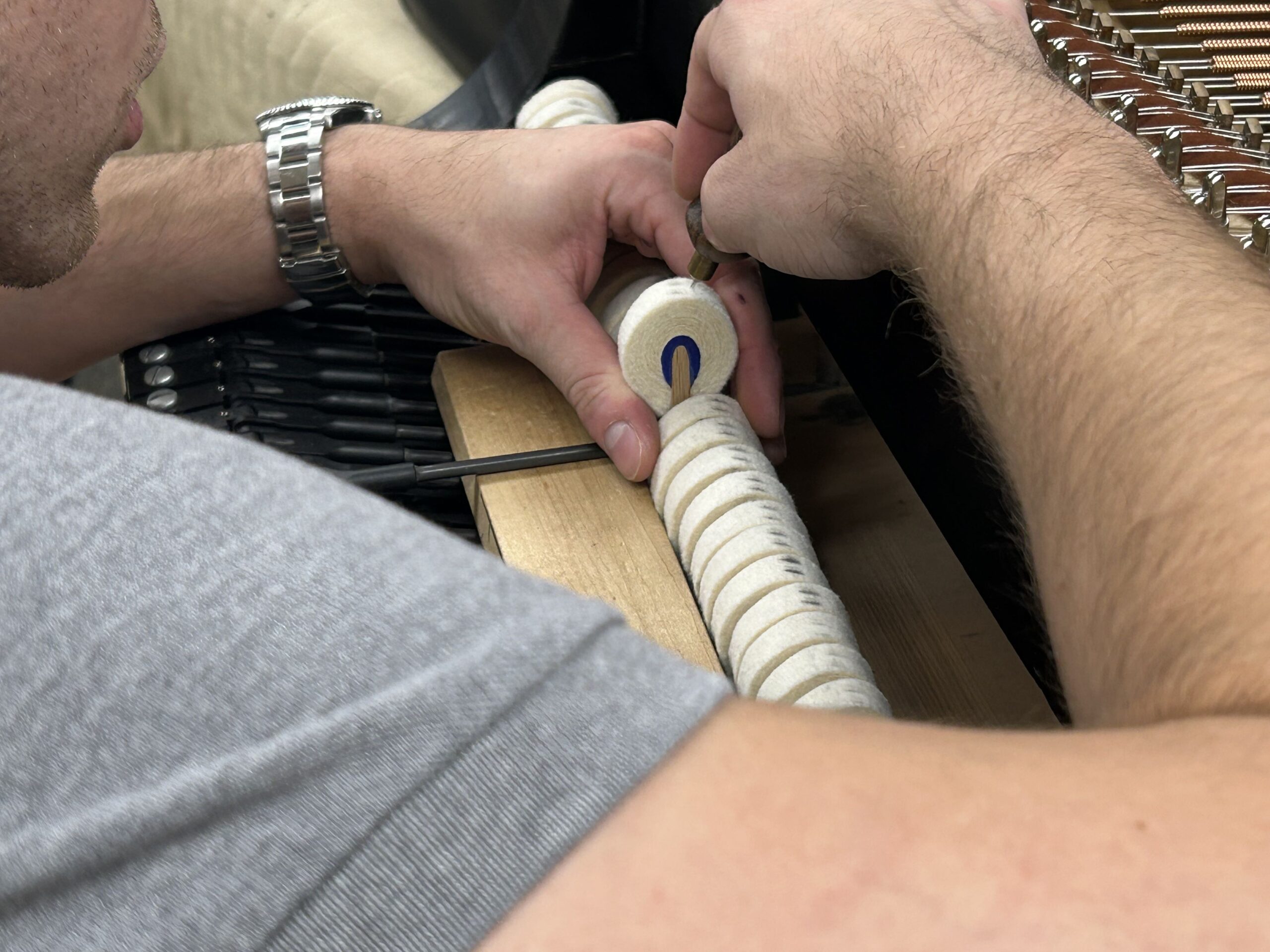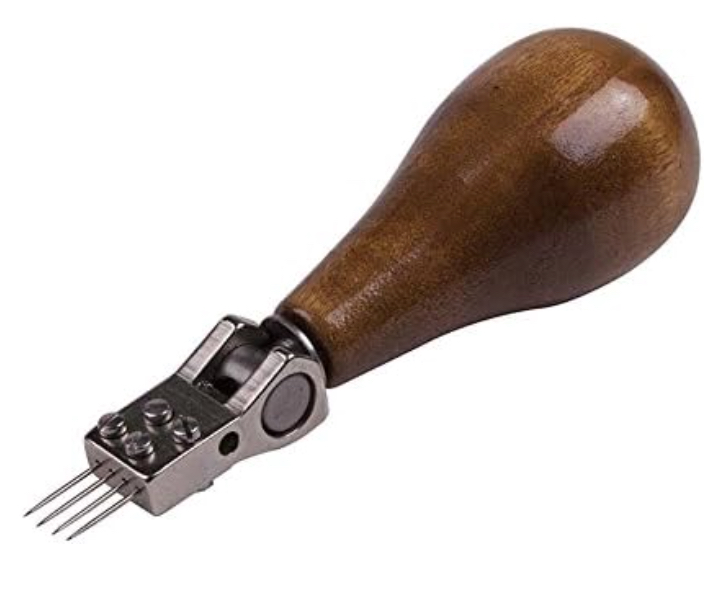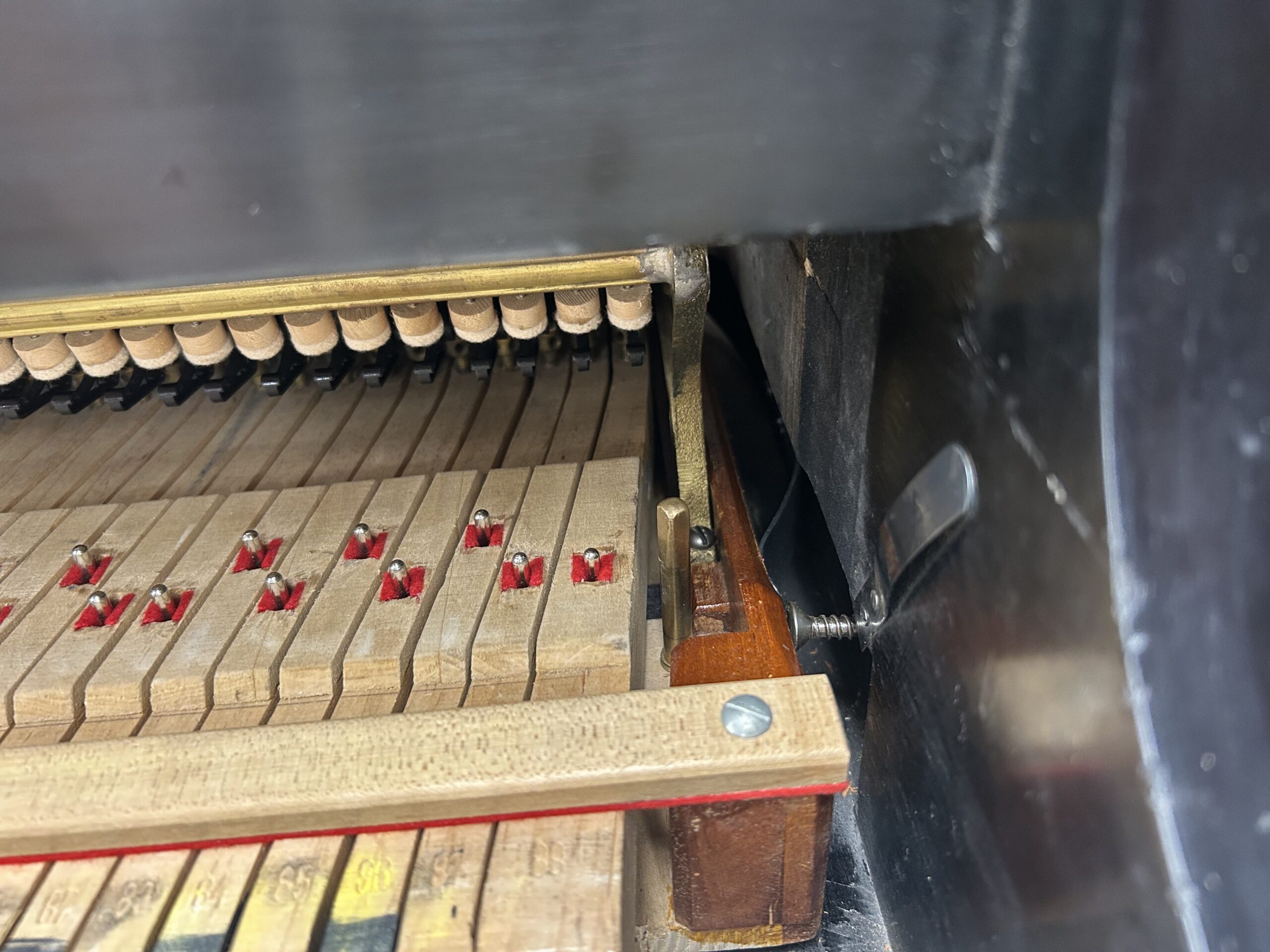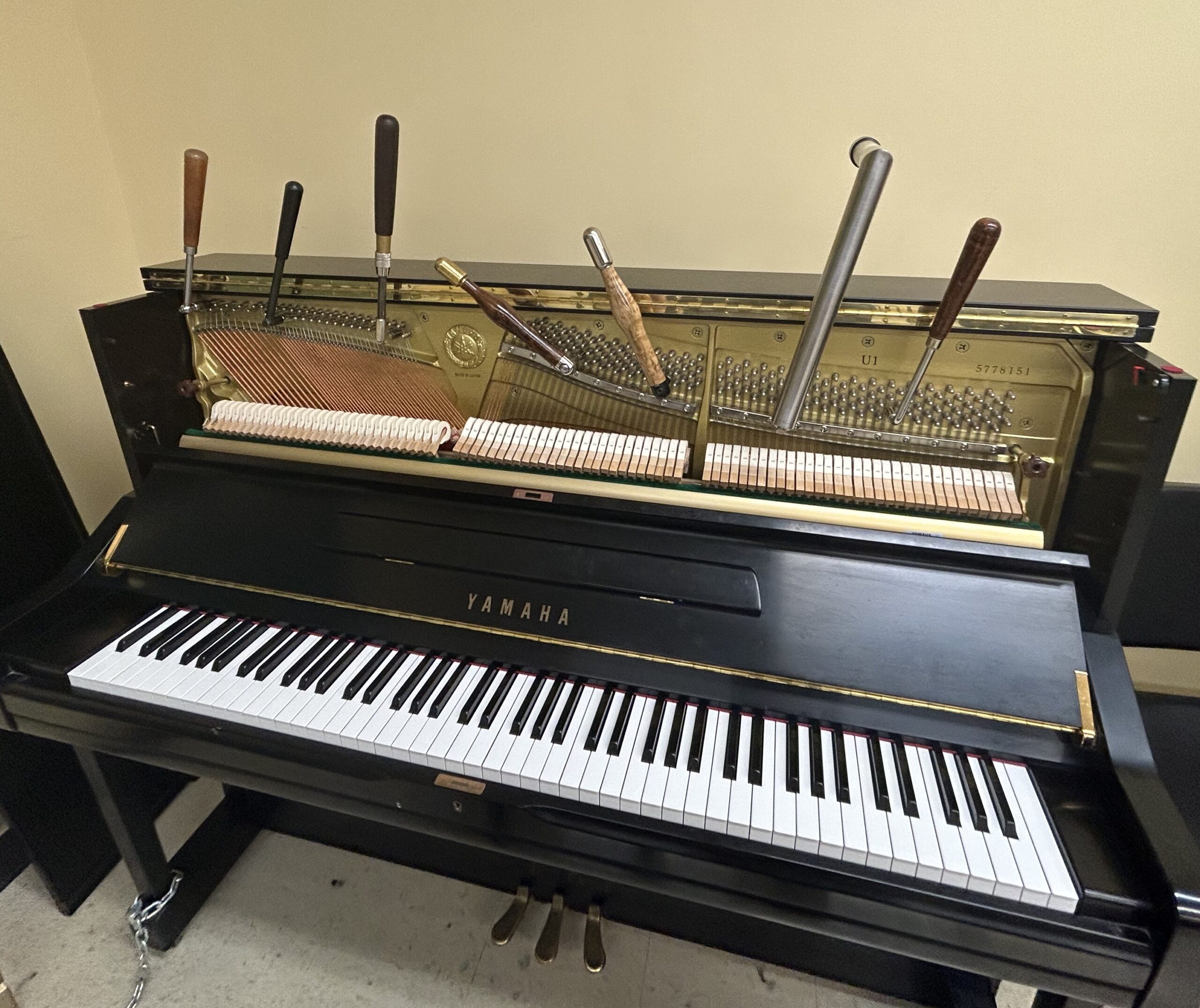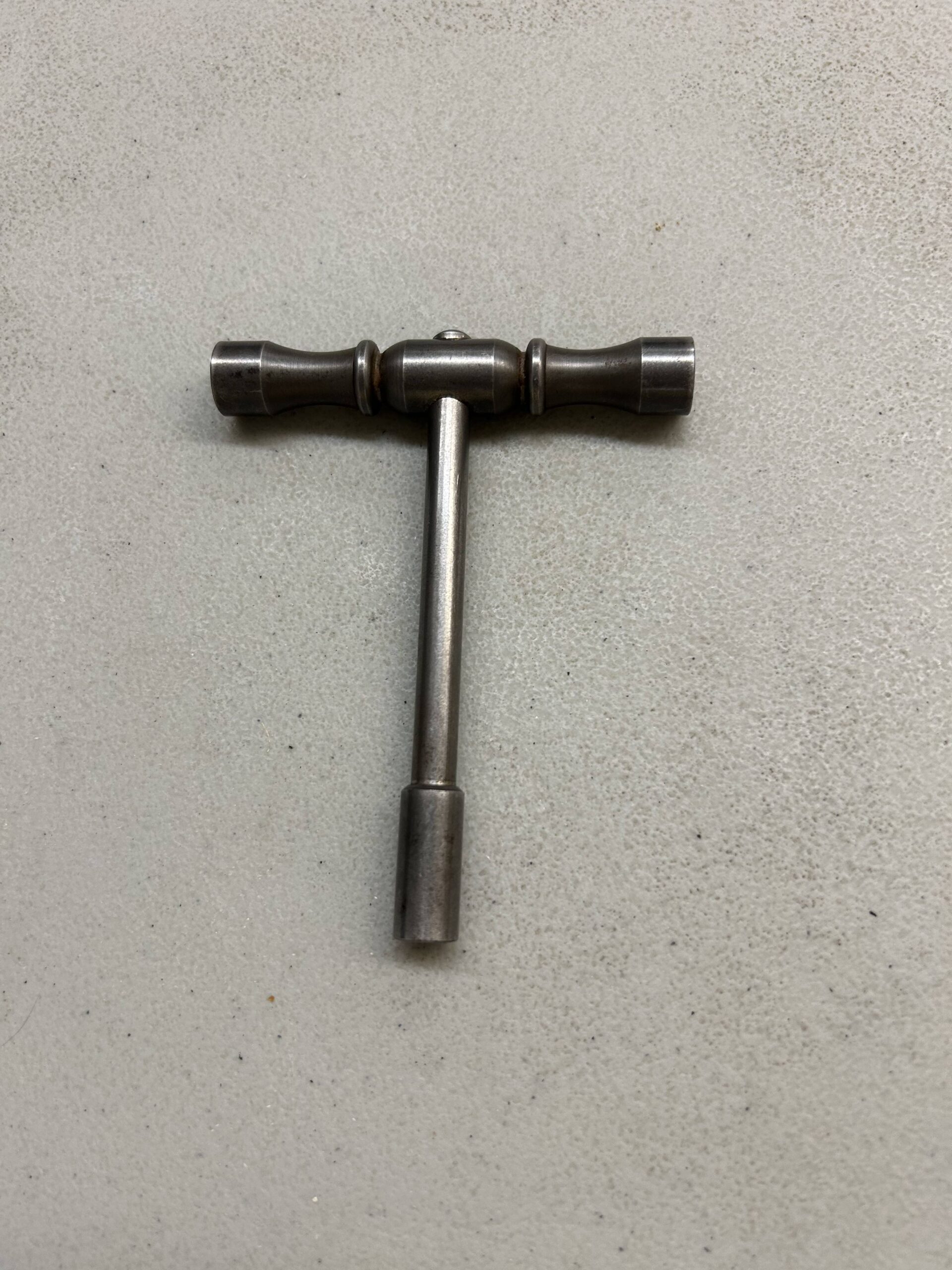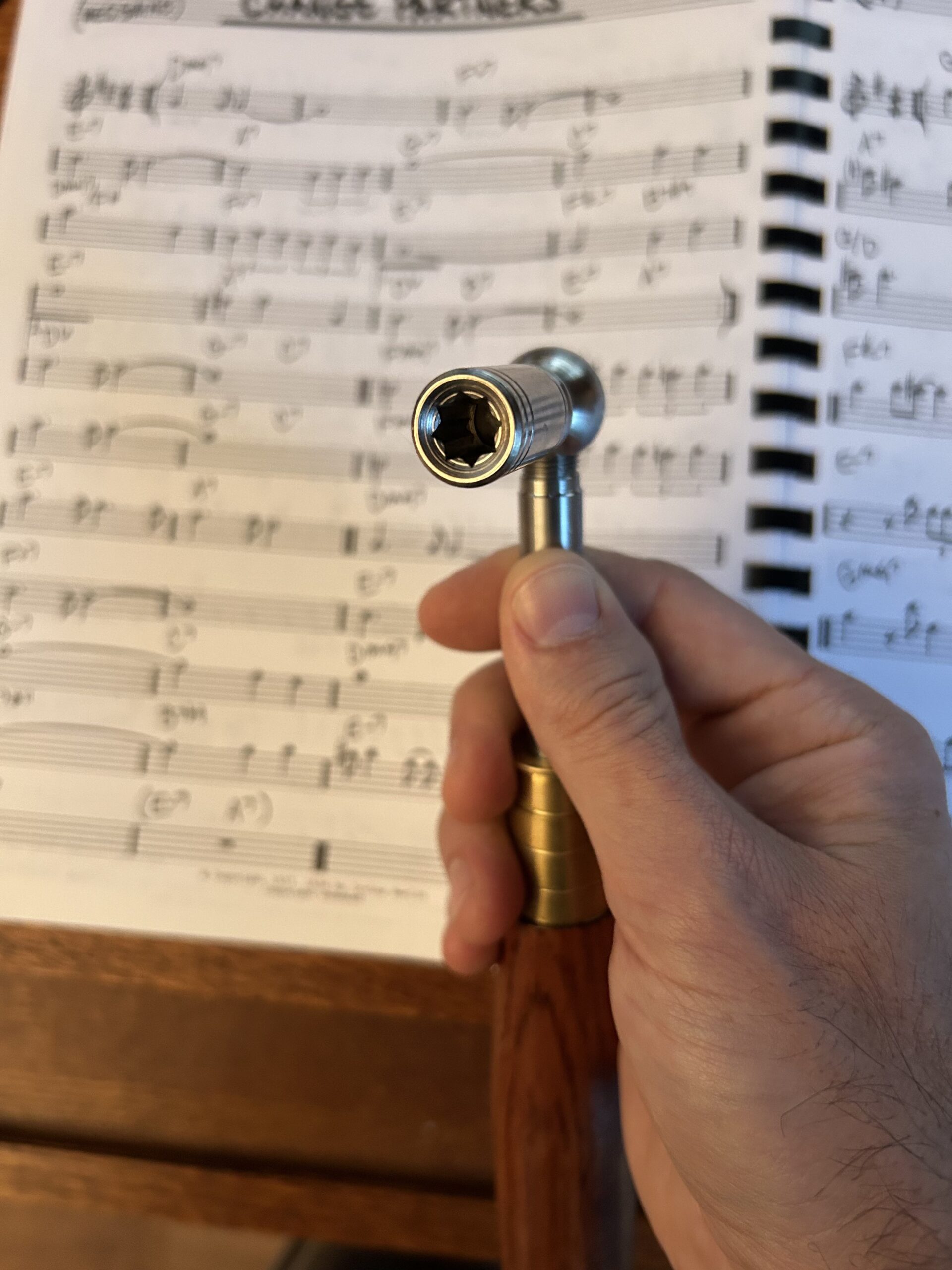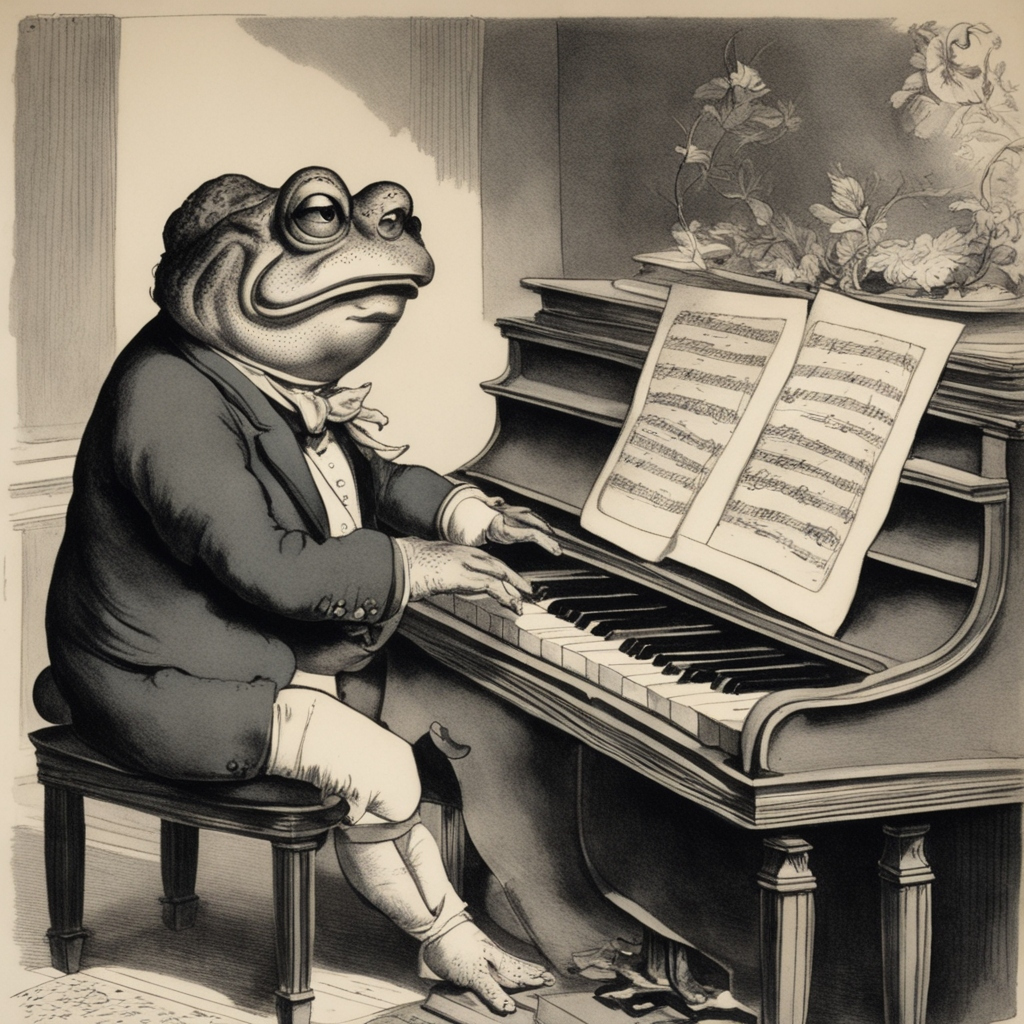Embrace the Ambiguity
I had a professor whose mantra was, “Embrace the ambiguity.” It paraphrases the vagueness of not knowing where the adventure will take you and the acceptance that you will get there when it’s your time. There are times in this class where I am so confident that I can repair my piano that I just want to start unscrewing every screw and get right to replacing felts and regulating. Then there are others, like tuning lessons, where it is so humbling that others can hear things that apparently I am missing. Weekly meet-ups with others in the class help to reinforce that I’m not alone and that we’re all working on some aspect of this material, some material just comes easier to others – and that’s okay… embrace the ambiguity.
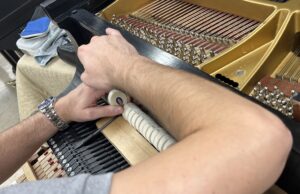

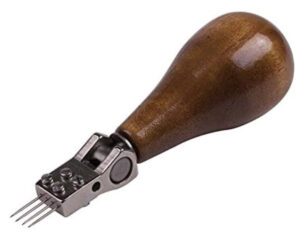

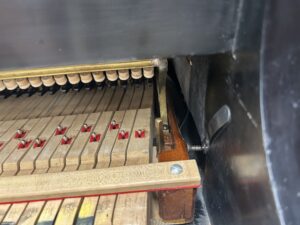
Don’t Throw Out Your Voice
Pianos can have many different qualities to their sound. If you can imagine a player who specializes in Mozart’s music, they may want a ‘happier’ sounding piano to mimic the styles of the fortepiano – Mozart’s instrument in period. Contrast that with a Beethoven or Tchaikovsky specialist who may want to elicit darker emotions from the sound of their piano. This swath of tonality is accomplished through voicing. Just like at the hardware store there are rubber mallets and ball peen hammers, the hammers of the piano can vary in their softness. The softness/hardness of the hammer determines the onset of the pitch, or attack. The pin pricking tool above is used to perforate the felt and can either fluff it, softening the onset, or make it firmer, provide more attack. Above are also two pictures of the spring wedge that holds the action in place on one side of the piano that I’ve mentioned before – I was finally able to get a couple better pictures of it.
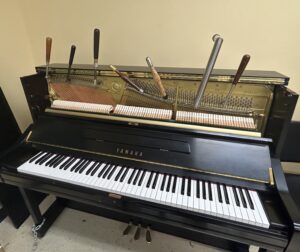
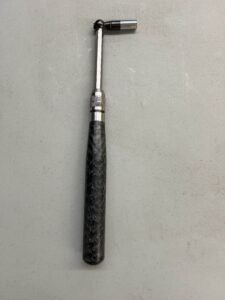
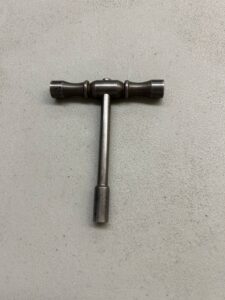
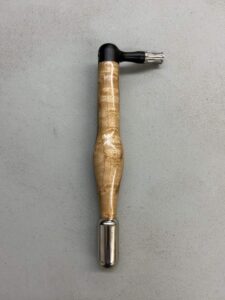
Levers and Hammers and Beats, Oh My!
As mentioned above, these classes involve more than technical repair. Tuning a piano is often the first task a technician does to determine whether a piano is worth the many hours of restoration. The tools shown above are some of the many tuning levers on offer. Fundamentally, a square tip fits over the tuning pin (that holds the string) and exerts a clockwise or counter-clockwise pressure to raise and lower the pitch. How the tools accomplish that leverage is where the variance comes in. Traditional tools utilize the arm of the person tuning to provide leverage. More modern tools like the burl wood impact hammer incorporate a pendulum weight and an impact head to make fine adjustments to the pin. Since this actually is my first rodeo, I chose a more traditional-style hammer seen below. I’m not certain if this is only my first lever or my last, but this trusty tool will be by my side for the ambiguous adventure.
